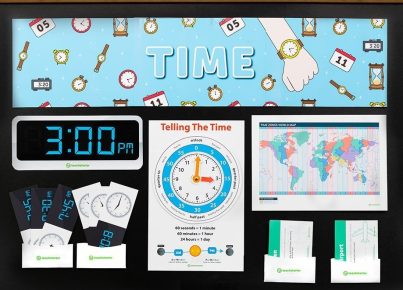Introduction
In today’s progressive educational landscape, the focus has shifted from a one-size-fits-all model to a more inclusive and diversified learning experience that effectively engages learners of all interests, abilities, and backgrounds. One such innovation that has gained traction in recent years is the active involvement of students in leading the plenary sessions of their classes. This article explores how empowering Year 7 pupils to take charge of these sessions can benefit not only their personal growth but also foster a healthier learning environment for their peers.
Year 7 Pupils Leading the Plenary
Plenary sessions are typically used by educators as an opportunity to summarize learning, consolidate understanding, and make connections to related topics or real-world scenarios. Traditionally, teachers would handle these sessions on their own, guiding students through the process. However, by involving Year 7 pupils in leading plenary discussions, we can create a more engaging and participative learning atmosphere that promotes active participation from all students.
Benefits of Student-led Plenaries
1. Boosting Confidence and Public Speaking Skills: When pupils lead plenary sessions, they are given a platform to articulate their thoughts and present them effectively to their classmates. This helps build confidence in public speaking and encourages them to be vocal about their ideas moving forward.
2. Developing Leadership Qualities: Being entrusted with the responsibility of guiding class discussions nurtures leadership qualities within students. They learn to empathize with others, manage time effectively, and organize their thoughts well.
3. Encouraging Peer Learning: Peer-to-peer teaching is widely recognized as an effective way to reinforce learning. Students often explain concepts to one another using simpler language and examples which can be easier for peers to understand.
4. Driving Classroom Engagement: Pupil-led plenaries create an inclusive learning environment where students feel empowered to voice their opinions and contribute actively during discussions. This fosters a positive classroom culture and promotes greater collaboration.
5. Enhancing Critical Thinking Skills: The act of summarizing and connecting learned concepts requires students to think critically about the material covered. This exercise helps sharpen their analytical skills, which can serve them well in future academic pursuits.
Implementing Student-led Plenaries
Teachers who are keen to incorporate student-led plenary sessions in their classrooms should first set clear expectations and provide students with adequate support. A rotating schedule can be employed, giving each pupil an opportunity to lead a plenary throughout the school year. It is important to ensure that pupils have adequate preparation time, resources, and appropriate feedback to refine their approach.
Conclusion
By enabling Year 7 pupils to lead plenary sessions, we can empower them with the responsibility of guiding class discussions and foster a more engaging learning environment for all. This approach not only develops their leadership, communications skills and critical thinking but also contributes to an inclusive classroom culture centered on collaboration and active participation. Embracing student-led plenaries is a step towards creating well-rounded learners who are equipped with essential life skills for success beyond the classroom walls.





